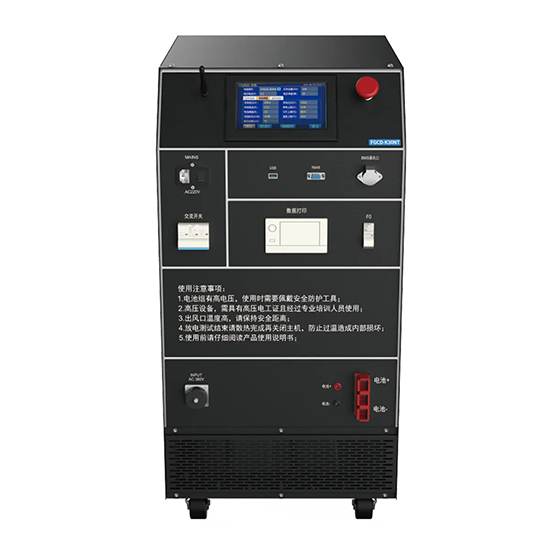
Battery Discharge Tester: Essential Tool for Battery Performance Evaluation

# Battery Discharge Tester: Essential Tool for Battery Performance Evaluation
## Introduction to Battery Discharge Testers
Battery discharge testers are crucial instruments for evaluating the performance and health of various types of batteries. These devices measure how a battery performs under controlled discharge conditions, providing valuable data about its capacity, efficiency, and overall condition.
## Why Battery Testing Matters
Regular battery testing is essential for:
– Ensuring optimal performance
– Predicting battery lifespan
– Preventing unexpected failures
– Maintaining safety standards
– Maximizing energy efficiency
## How Battery Discharge Testers Work
A typical battery discharge tester operates by applying a controlled load to the battery while monitoring key parameters:
– Voltage drop over time
– Current discharge rate
– Temperature changes
– Total capacity delivered
– Internal resistance
## Types of Battery Discharge Testers
### 1. Manual Discharge Testers
These basic units require manual monitoring and recording of data.
### 2. Automated Discharge Testers
Advanced models with computerized controls and data logging capabilities.
### 3. Multi-Cell Testers
Designed for testing battery packs with multiple cells in series or parallel.
### 4. Portable Testers
Compact units for field testing and on-site evaluations.
## Key Features to Look For
When selecting a battery discharge tester, consider:
– Voltage and current range compatibility
– Data logging capabilities
– Discharge profile customization
– Safety features
– Software integration
– Reporting functions
## Applications Across Industries
Battery discharge testers serve critical roles in:
– Automotive industry (EV batteries)
– Renewable energy systems
– Medical equipment maintenance
– Aerospace and defense
– Consumer electronics manufacturing
– Telecommunications infrastructure
## Interpreting Test Results
Understanding discharge test data helps identify:
– Actual vs. rated capacity
– Degradation patterns
– Charge/discharge efficiency
– Potential safety issues
– Optimal replacement timing
## Maintenance and Calibration
To ensure accurate results:
– Regularly calibrate the tester
– Keep connections clean
– Store properly when not in use
– Follow manufacturer’s maintenance schedule
– Update software as needed
## Future Trends in Battery Testing
Emerging technologies include:
– AI-powered predictive analytics
– Wireless monitoring systems
– Faster testing protocols
– Integration with battery management systems
– Enhanced safety testing capabilities
## Choosing the Right Tester for Your Needs
Consider your specific requirements:
– Battery types and sizes you work with
– Testing frequency
– Required accuracy level
– Budget constraints
– Future scalability needs
Investing in a quality battery discharge tester pays dividends through improved battery performance, extended service life, and reduced downtime across numerous applications.
Keyword: Battery Discharger



